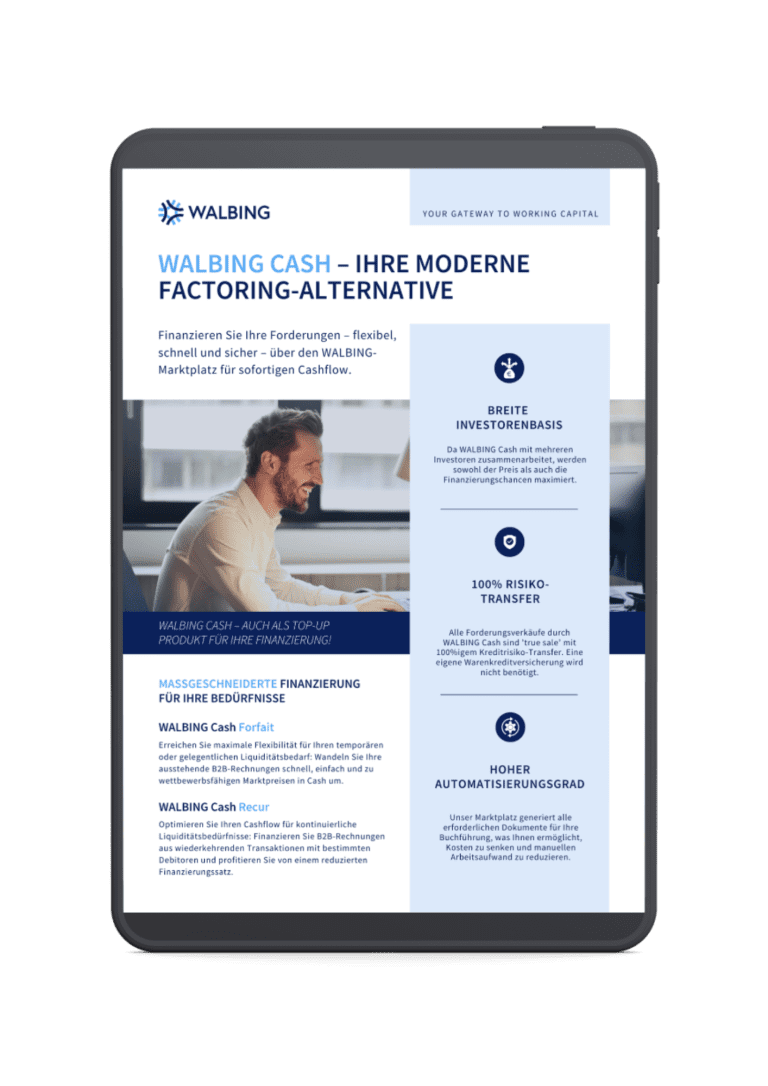The B2B world has quite recently arrived in the digital-first economy, and many B2B suppliers must adapt and capitalize on the emerging opportunities. According to Manu Bangia et al of McKinsey, the e-commerce channels are now “key purchasing gateway” for B2B buyers. For many B2B suppliers, this means that in 2023 they need to dedicate more efforts to improving their e-Commerce game. Here are five actionable recommendations to help B2B players improve their sales and thrive in the digital age.
1. Revamp your e-Commerce for an outstanding experience.
The notion that B2B is still mainly doing business offline is a myth. A significant 65 percent of B2B companies across industries now have e-commerce capabilities, and this number has grown from 53 percent in early 2021. To stand out, invest in your eCommerce platform and treat it as a full-service channel. Align it with the same high standards as your other sales channels, focusing on product availability, pricing, shipping, personalized recommendations, and more. By creating an exceptional digital experience, you’ll attract and retain more customers. Remember: A considerable amount of your B2B customers are now millennials, and they expect the same seamless purchasing experience for business as the one they are used to in B2C.
2. Embrace digital engagement strategies
Contrary to popular belief, when given the choice, two-thirds of corporate customers now opt for remote human interaction or digital self-service during the ordering and reordering stages of the purchase process. This finding suggests that such tools as online chat and video conferencing can also be effective in fostering meaningful connections with your buyers. Train your sales teams to excel in virtual selling and build trust in the digital realm. By adapting your sales strategies to match digital preferences, you’ll enhance buyer-seller interactions and drive more sales.
3. Cater to high-value transactions online
Shed your concerns about major transactions online. Surprisingly, over a third (35 percent) of business buyers are now willing to spend $500,000 or more in a single transaction on digital channels. Embrace this trend and optimize your eCommerce platform to cater to large and high-value purchases seamlessly. Offer flexible payment options, such as Buy Now Pay Later, and personalized pricing to attract more significant opportunities and boost your sales.
4. Seize the power of digital marketplaces.
Don’t underestimate the significance of digital marketplaces. A staggering 60 percent of B2B buyers view digital marketplaces as an essential part of their purchasing mix. Embrace this revolution by participating in established B2B marketplaces or consider creating your own. Expanding your reach through digital marketplaces will lead to increased visibility, attracting new customers, and driving sales.
5. Harness the power of data-driven personalization
To excel in B2B eCommerce, leverage data and analytics for continuous improvement. Implement robust data collection tools to gain insights into buyer behavior and preferences. A data-driven approach will enable you to make informed decisions and stay ahead of the competition. This approach is already working: While half of McKinzey’s B2B Pulse survey respondents reported growth after implementing tools driving personalization capabilities, 77 percent of companies using direct one-to-one personalization observed an increase in market share.
B2B businesses must embrace digital transformation to succeed. By adopting these actionable recommendations, B2B players can enhance their sales performance, redefine their strategies, and excel in the B2B eCommerce game. Remember, the future of B2B sales is digital – let’s seize the possibilities and propel our businesses to new heights together.









